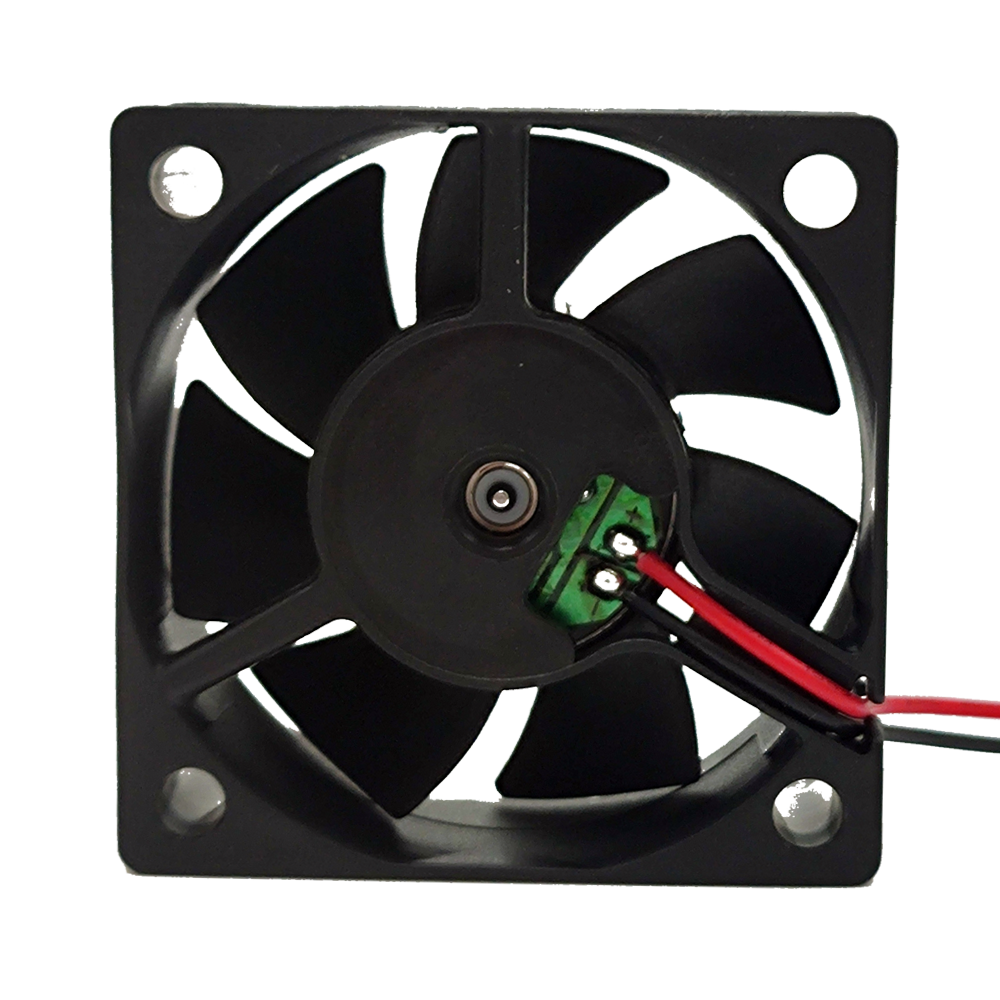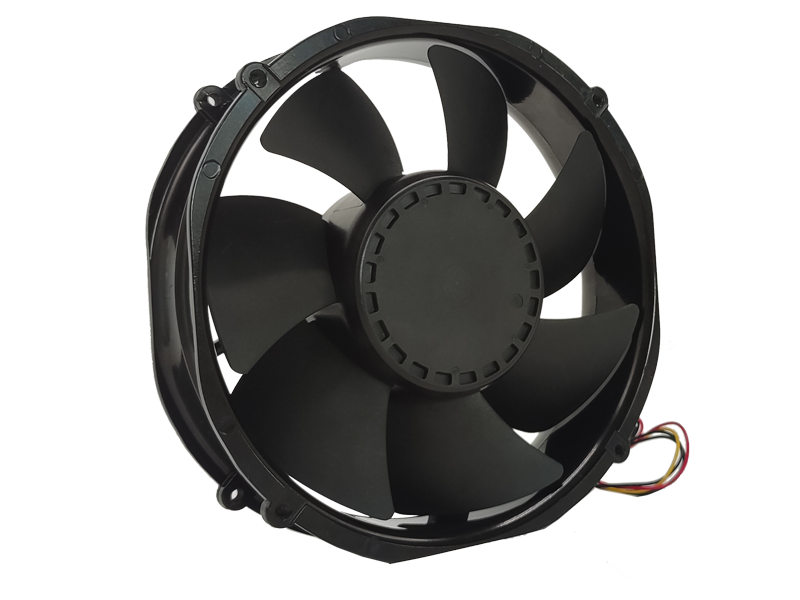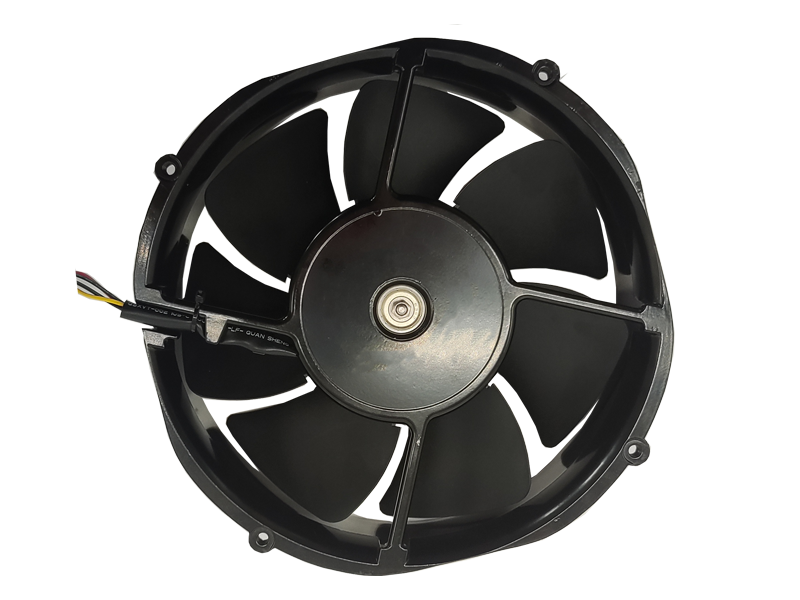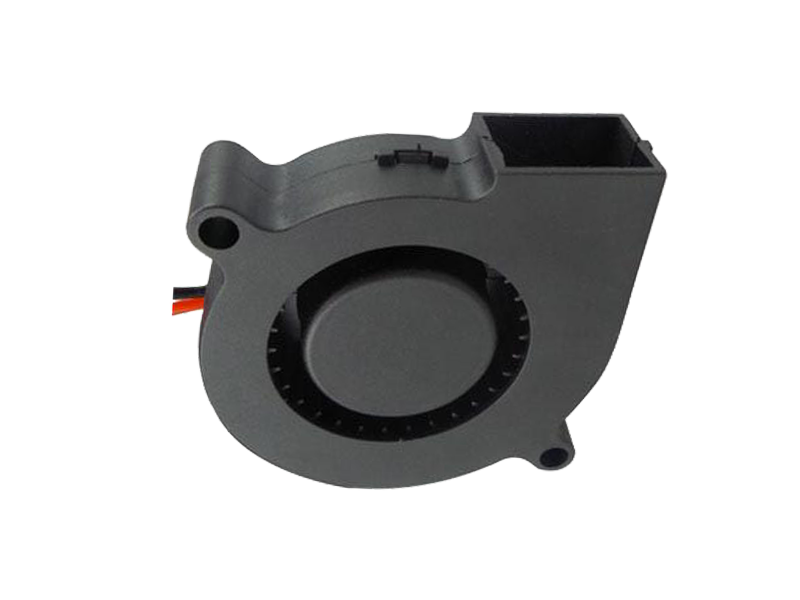Introduction
Should industrial fans be mass-produced for cost efficiency or custom-built for specific applications? This question plagues manufacturers balancing economies of scale with niche market demands. This article examines how leading firms are resolving this tension through modular design, regional adaptation, and data-driven customization.
1. The Case for Standardization
Standardized fans dominate industries with uniform needs:
HVAC Systems: 90% of commercial buildings use off-the-shelf axial fans due to cost and ease of replacement.
Global Supply Chains: A standard 56-inch fan fits 80% of shipping container ventilation systems worldwide.
Regulatory Compliance: ATEX-certified fans for explosive environments follow strict EU standards, simplifying exports.
However, standardized products often force compromises. A food processing plant requiring hygienic stainless-steel fans may pay 30% more to modify a standard model.
2. The Rise of Modular Design
Modularity bridges the gap between standardization and customization:
Plug-and-Play Components: Motors, blades, and guards can be swapped without redesigning the entire unit.
Material Kits: A base aluminum frame with interchangeable corrosion-resistant panels serves both chemical and marine industries.
Software Customization: Firmware adjustments allow a single fan model to operate in voltage ranges from 110V to 480V.
A German engineering firm reduced development costs by 40% using modular fans, while shortening lead times from 12 weeks to 3.
3. Hyper-Local Adaptation
In emerging markets, local conditions demand radical redesigns:
Tropical Climates: Fans in Southeast Asia incorporate rust-proof coatings and mosquito-proof grilles.
High-Altitude Operations: Fans in Andean mines use reinforced bearings to withstand 30% thinner air.
Cold Storage: Arctic-ready fans feature heated motor housings to prevent ice buildup.

4. Data-Driven Customization
AI and big data enable mass customization at scale:
Digital Twins: Simulate how a fan will perform in a customer’s specific environment before production.
Predictive Pricing: Algorithms adjust quotes based on material costs, labor rates, and tariff risks.
3D Printing: Prototype custom impellers in 48 hours vs. 4 weeks with traditional tooling.
5. The Hybrid Model: Core + Context
Leading manufacturers adopt a "core platform, context-specific enhancements" approach:
Core Platform: 70% standardized components (motors, controls).
Context-Specific Enhancements: 30% customized elements (blades, coatings, mounting).
This model allowed an Indian fan maker to serve 12 distinct industries with just 8 base models, achieving 92% customer satisfaction.
Conclusion
The industrial fan industry is moving toward a "glocal" (global + local) paradigm. By combining modular architectures with hyper-local adaptations and AI-powered customization, manufacturers can deliver tailored solutions without sacrificing efficiency. The winner in this space will be the company that masterfully balances the art of standardization with the science of specialization.
Recommended Products

The main purpose:Car charging station

The main purpose:Car charging station

The main purpose:Electronic refrigerators, water dispensers, direct drinking machines, inverter power supplies
Address:No. 4137, Longgang Avenue (Henggang Section), Henggang Community, Henggang Street, Longgang District, Shenzhen
hotline:13530005572(Chen)15112579390(Li)


Welcome all friends to come for consultation and negotiation.
Copyright 2024 @ Shenzhen Youneng Xinyuan Electronics Co., Ltd.,(industrial fans,industrial blowers,axial fans,cooling fans manufacturer,centrifugal fans,ac cooling fans,dc cooling fans)